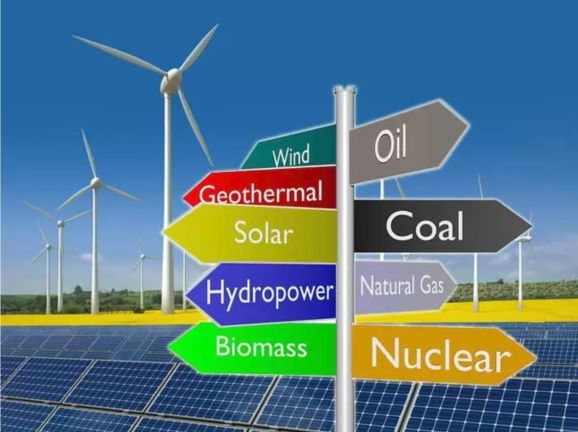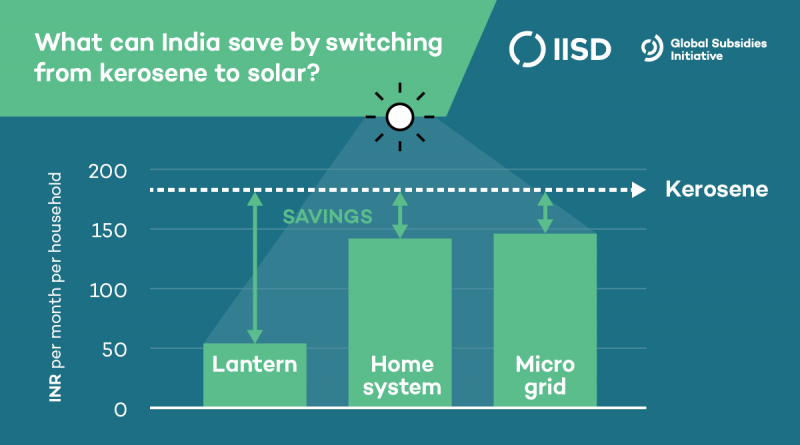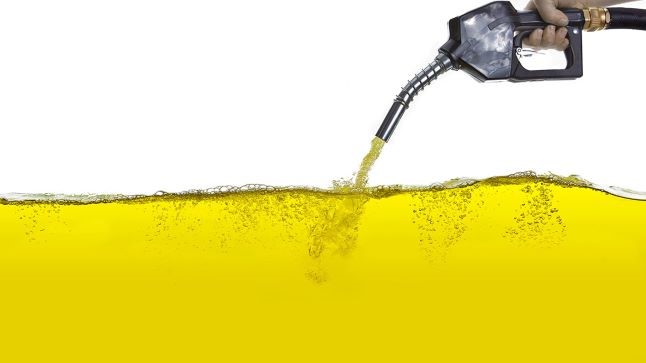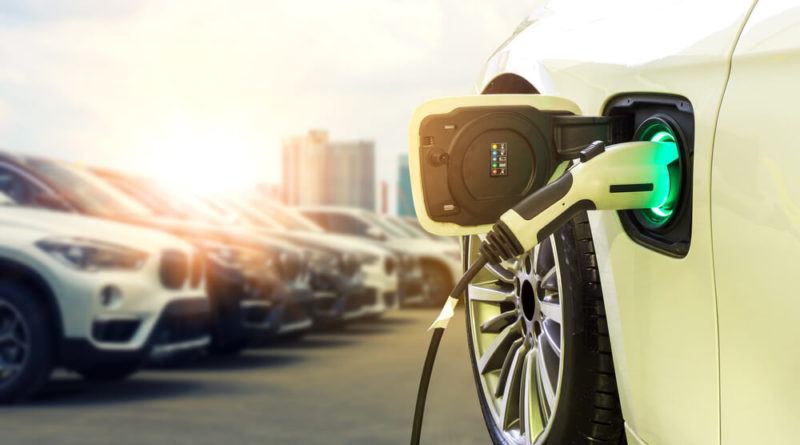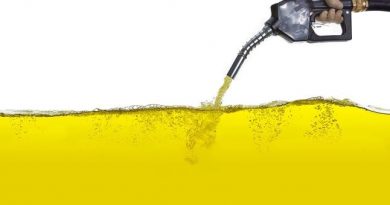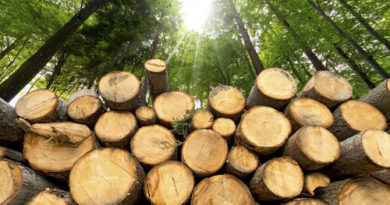IEA Recommends Iraq To Aim For 30% Renewable Energy in Power Mix
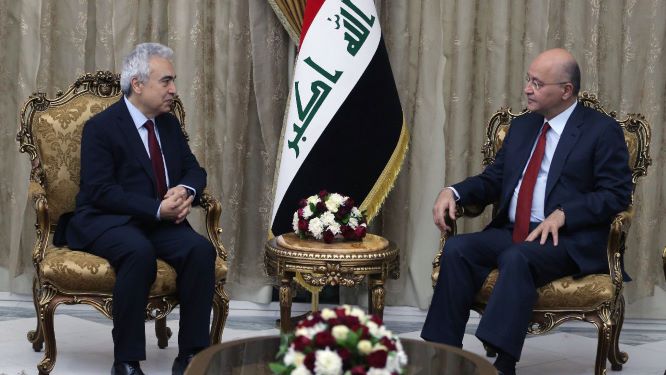 Dr Fatih Birol, the IEA’s Executive Director met, with Iraqi President Barham Salih, and presented the study’s findings and recommendations.
Dr Fatih Birol, the IEA’s Executive Director met, with Iraqi President Barham Salih, and presented the study’s findings and recommendations.
The International Energy Agency in its latest edition of energy outlook- Iraq’s Energy Sector: A Roadmap to a Brighter Future– mapped out practical actions and medium-term measures to tackle the most pressing problems in Iraq’s electricity sector.
“The development of 21 GW of solar PV and 5 GW of wind power by 2030 would improve the affordability, reliability and sustainability of electricity supply,” recommended IEA in its report of April 2019. If the country is able to achieve this under a suggested medium-term strategy, it would be looking at a 30% share of renewables in its electricity supply in 2030. It would generate environment related gains without increasing total costs for electricity supply, according to the IEA.
This is the second edition of the Iraq Energy Outlook. The first edition came out in 2012.
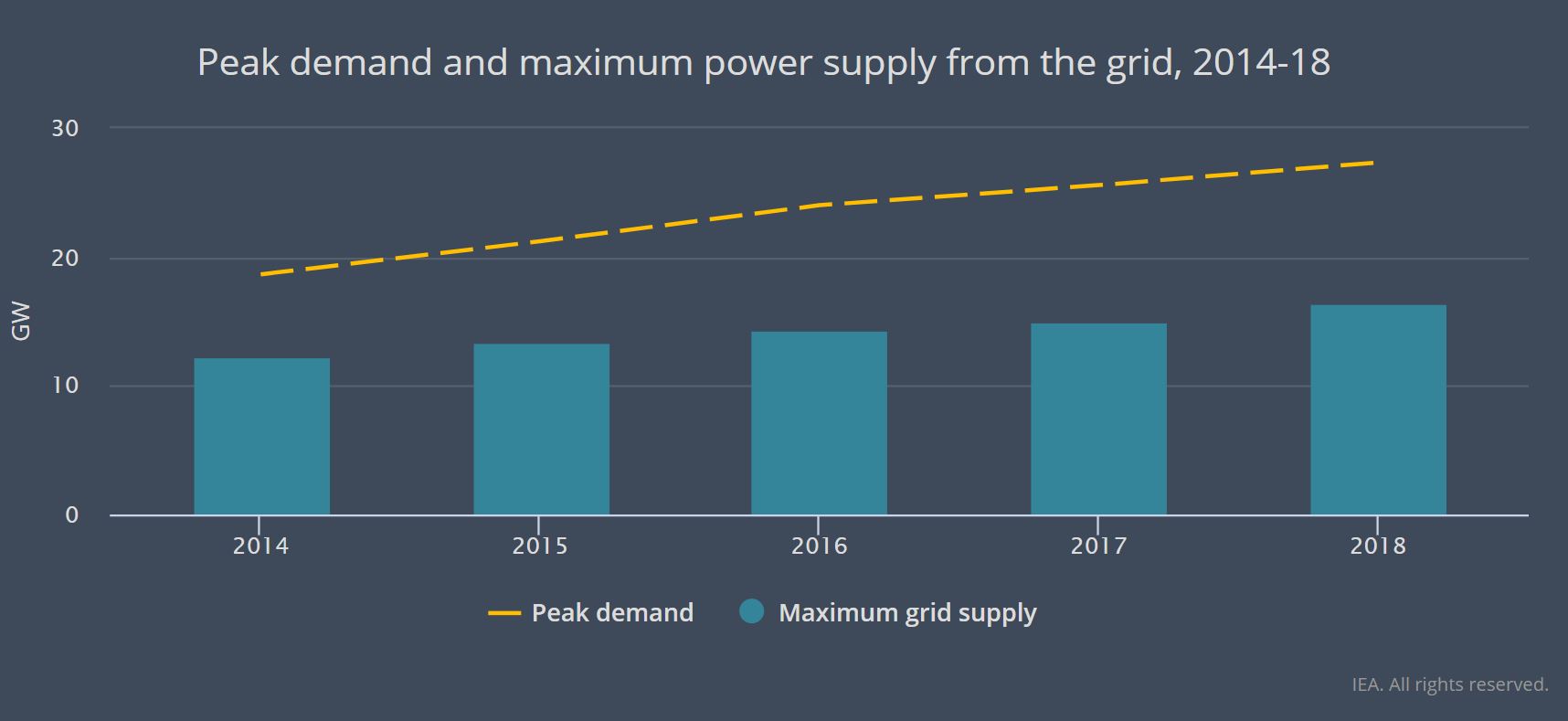
Gas-fired power plants and thermal capacity will serve consumers with the bulk of flexibility services, which the report says is essential for fully integrating solar and wind output. Such a diverse power mix would offer the reliability of power supply along with cost-effectiveness and free up oil and gas for other uses or export. Iraq can earn additional export revenue of over $10 billion in such a scenario. Distributed generation and off-grid models of solar PV technology can facilitate deployment of renewables in remote communities and also offer potential for end consumers to reduce their electricity bills.
The report also took a detailed look at the country’s oil and gas sector. It projects that Iraq’s oil production will grow by 1.3 million barrels a day by 2030, accounting for the third-largest increase globally over the period, and soon becoming the world’s fourth-largest oil producer behind the United States, Saudi Arabia and Russia. The country is already one of the big hopes for a stable oil market, after the US imposed sanctions on Iran, and has unilaterally threatened to take action against any country dealing with the regime there. A threat that has been complied with, by most countries, leading to the risk of Iranian exports of oil dropping to close to zero, the American aim.
But Oil-rich Iraq is anticipated to see its electricity demand doubling to about 150 TWh over the period to 2030. And its shortfall in electricity supply will widen, as the country’s population grows by more than 1 million people each year.
Without changes to the current structure of electricity supply and improvements to the network, domestic generation, imports and neighbourhood generation would need to double by 2030, for a total supply of over 250 TWh.
“In addition to oil, Iraq is blessed with some of the richest solar and gas resources in the world but it is yet to take advantage of them,” said IEA Executive Director, Dr Fatih Birol. “Turning that potential into fuel for its own economy and for export would help bring about a more sustainable, reliable and affordable energy future.”
Reducing network losses and moving towards an electricity mix where renewables play a more prominent role would free up 9 billion cubic meters of gas for other uses in 2030, plus 450 kb/d of oil for export.
Predictably, options like nuclear energy have not found any mention in the plans , considering the sensitive nature of the region as well as Iraq’s own history, ever since the country was invaded by the US to replace the Saddam Hussein led regime. That move has, predictably, some say, not played out too well, leading to the creation of a fresh set of extremist movements and potential disruptors to the middle east oil economy.
Thus, while 30% from renewables would be a massive improvement, and quite frankly, an achievement for Iraq, it doesn’t cover for the fact that such ‘modest’ targets may not be enough to slow down climate change, or even the continuing depletion of the environment.

